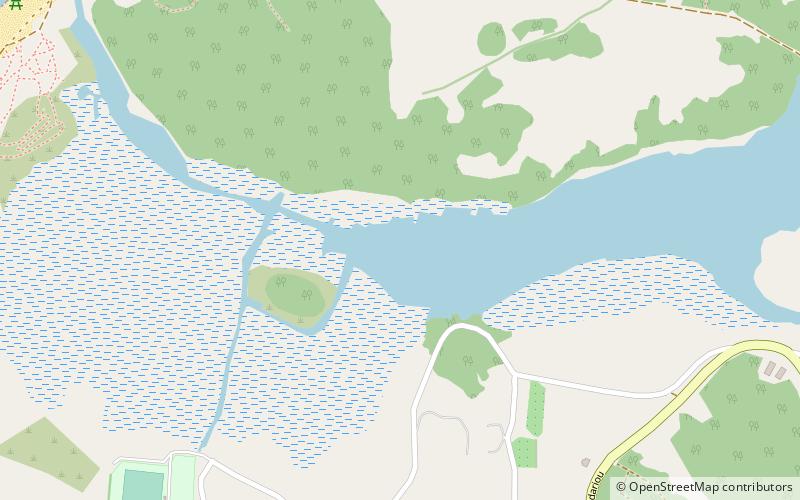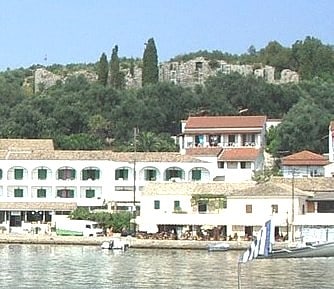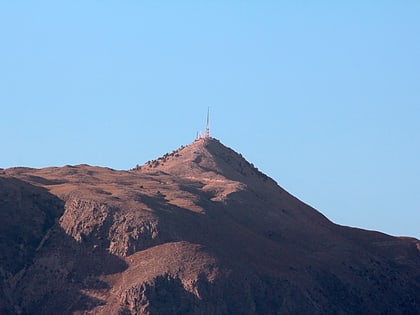Lake Antiniotissa, Corfu


Facts and practical information
Lake Antiniotissa or Antinioti, sometimes known as Antinioti Lagoon, is a small brackish lake on the north-east coast of Corfu, Greece near Agios Spyridon beach. It is an important wetland area and lies within a Natura 2000 nature protection area of 188 hectares at the western edge of the municipal unit of Thinali. The lake's Greek name translates into English as "the enemy of youth". It was once a malarial swamp and home to the anopheles mosquito, resulting in the area being uninhabited for many centuries, and it is still comparatively undeveloped. The vegetation surrounding the lake includes thickets of reed and bamboo. Inland there are orchards, olive groves and farmland, while between the lake and the sea lie sand dunes. The lake is jointly owned by the twelve principal villages of north-eastern Corfu and leased for fish farming, producing flathead grey mullet, sea bass and eel. It is also used for duck hunting. The adjacent dunes are home to the sand lily and the agile frog. The lake as it was in the 1930s was described by the British naturalist Gerald Durrell in his childhood autobiography My Family and Other Animals, in which it was called the "Lake of Lillies". Durrell wrote that: ()
Corfu
Lake Antiniotissa – popular in the area (distance from the attraction)
Nearby attractions include: Kassiopi Castle, Mount Pantokrator, Agia Aikaterini.



